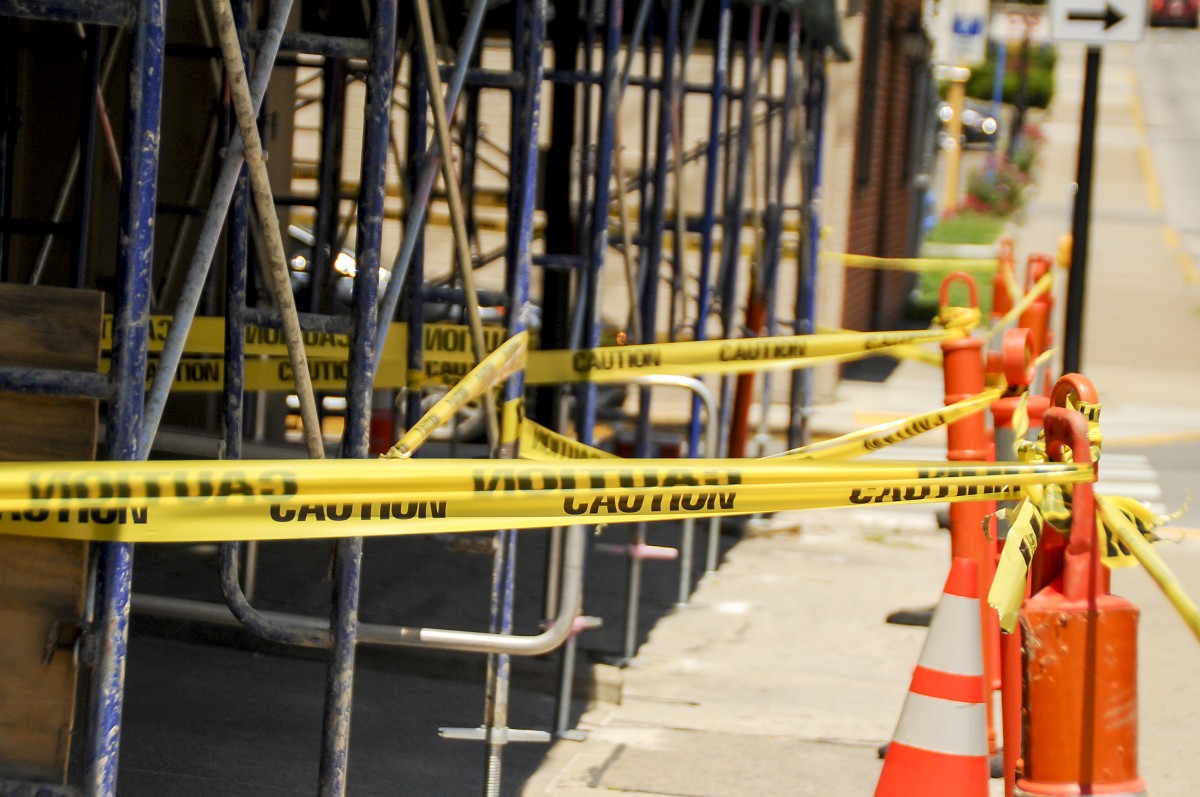By Jake Flatley
CHARLESTON — The state’s economy is experiencing one of its best years in a decade but there is still room for improvement.
The West Virginia University Bureau of Business and Economic Research began its annual economic outlook presentations Wednesday in Charleston.
“We have a lot of things to celebrate,” Bureau Director John Deskins said during an appearance on MetroNews “Talkline.” “The big number is we lost 26,000 jobs from 2012 to 2016 when we suffered a big recession. But 2017 was a good year and 2018 continues to be a good year and so far we’ve added back about 7,600 jobs.”
The state’s growth since late-2016 has been primarily in the energy and construction fields. The jobs have been heavily concentrated in eight counties, mostly in the north central, northwestern and, Eastern Panhandle sections of the state.
“Bottom line is we are growing, West Virginia is moving in the right direction overall but the growth is very concentrated by geography,” Deskins said. “And now we have to focus on expanding that growth to other parts of West Virginia.”
The startling number discussed Wednesday was the labor force participation for the state. Only 53 percent of West Virginia’s adult population is working or looking for work. That’s the is lowest labor force participation number among all 50 states, Deskins said.
“That labor force participation number is challenge number one,” Deskins said. “We lag the nation in labor force participation. There’s no way we can ever experience the economic prosperity we hope for unless we can get more people into the workforce.”
The state’s unemployment rate has risen slightly to the low five-percent range but WVU economists say it is because more people are returning to the labor market to look for work.
According to the economists, the per capita personal income in West Virginia gained more than nearly all other states in 2017 and overall, per capita personal income in West Virginia stands at 75 percent of the national average.
Also discussed was West Virginia’s real GDP. It also grew in 2017, gaining more than 40 states as its growth was largely driven by energy-related developments.
“A major factor that we have to focus on in West Virginia is human capital,” Deskins said. “We have to really place a tremendous priority on increasing the level of education, training and job skills of work force. Because we just don’t have as many people in the workforce in West Virginia. For one thing, that’s a major impediment and one driver of that lack of labor force participation is people who don’t have the skills that aren’t in demands and don’t bother to look for work because their skills are not up to par.”
“An investment in education to get people the right skills is priority number one.”
The report will be delivered to state lawmakers in the opening days of next year’s 60-day regular legislative session.




